Seeded Multigrain Sourdough Bread
5.0
(58)
Your folders
Your folders
Cook Time: 50 minutes
Servings: 12
Author : Traci York | Vanilla And Bean

Ingredients
Export 8 ingredients for grocery delivery
Instructions
Step 1
In a medium mixing bowl add the cereal, rolled oats, quinoa, flax seeds, sunflower seeds and water. Set aside.
Step 2
Mix the Dough: In the evening, whisk the starter, water and maple syrup together in a large bowl with a fork. Add the flours and salt. First, mix with a fork, the dough will be shaggy. Then mix by hand, mixing, folding and pushing the dough until the flour is fully incorporated and no dry bits are present. It will seem dry at first, but the more you work the dough, the more hydrated it will become. The dough will feel stiff and it will stick to your fingers as you go. Do this for about 3-4 minutes. Use the fork to scrape off the dough on your fingers as much as you can. Cover bowl with a damp tea towel. Set a timer for for 30 minutes and allow the dough to rest for 30 minutes. Now is a good time to feed/refresh your starter.
Step 3
Incorporate the Soaker: After the dough has rested, mix in the soaker. To do this, dump the soaker on top of the dough and begin kneading and folding the dough over and on top of itself, incorporating the ingredients of the soaker. Do this for about 1-2 minutes or until the soaker is evenly distributed in the dough. It will seem like a lot of added bits, but as you work the dough and as the dough develops through fermentation, the soaker will incorporate. The dough will be stiff, wet and sticky. If adjusting water or flour, now is the time to assess the dough and adjust as needed. Set a timer for 30 minutes and allow the dough to rest for 30 minutes.
Step 4
Fold the Dough: After the dough has rested, fold the dough. To do this, grab a portion of the dough while it remains in the bowl, stretch it up and fold it over, pressing your fingertips into the center of the dough. You'll notice the dough is less stiff and more workable at this point. Repeat, until you've worked your way around the dough. This is the first fold, and you can stop here and begin bulk fermentation, but If time permits, and optimally, you'll want to repeat this fold two more times as it improves the final dough's structure and crumb. Allow for about 30-45 minutes each between folds.
Step 5
Bulk (fermentation) Rise: After the last fold, cover the bowl with a damp towel and allow to rise overnight at room temperature. This will take about 8-10 hours at 70F (21C), but in a cooler kitchen the dough can take up to 12-14 hours to rise - this is the norm in my chilly kitchen. The dough is ready when it no longer looks dense, is jiggly when the bowl is shaken, and has about doubled in size.
Step 6
Shape the Dough: In the morning, and with damp fingertips, coax the dough into a floured work-surface. If making two boules (1 lb - 453g - loaf each), moisten the cutting end of the bench scraper and cut the dough in half (592g ea). For one or two boules, with moist fingers, take a portion of the dough, gently stretch it towards you and fold it over towards the center and pressing it down gently. Repeat this process until you work the dough all the way around. Using a bench scraper flip the dough over and let rest for 10 minutes. Meanwhile, line an 8-inch (20cm) bowl with a towel or lightly flour a banneton (or two as needed). Scrape any excess flour away on your work-surface using the bench scraper and using a spray bottle with water, lightly sprits the surface of the work-surface. This will help the dough grip the surface and help create a taught dough. With lightly floured hands and using the bench scraper again as needed to help move the dough (the dough is sticky), cup your left hand around the dough and pull the dough toward you in a circular motion with the bench scraper in the right hand, to tighten its shape and create a taught skin. Use the bench scraper as needed to work the dough as this dough is sticky. Re-flour your hands as needed.Once the surface is taut, give it a good dusting of flour and smooth it over the top. With one swift move, use the bench scraper to scoop the dough up and, place the dough into the bowl/banneton, bottom side up. Sprinkle the bottom of the dough with a dusting of flour.
Step 7
Second (proof) Rise: Cover the bowl with a damp tea towel and let rest for 30 minutes to 45 minutes. The dough is ready when it looks puffy and has risen slightly but has not yet doubled in size. Preheat the oven to 500F (260C). Arrange a rack in the center of the oven, and another just below it. Place a sheet pan on the bottom rack (see UPDATE just below). Cut a sheet of parchment paper to fit the size of your lidded baking vessel leaving enough excess around the sides to transfer the bread to the pot. UPDATE (5/Burnt Sourdough Bottom: After testing various methods to remedy the too dark bottom problem, as commenters have mentioned on this sourdough recipe (and on other non V&B recipes - this is not uncommon in the sourdough world), I've finally found the simplest solution ever (duh!). Simply place a sheet pan on the oven rack under the rack your baking vessel is setting on. This protects the bottom of the vessel from the most intense heat of the oven.
Step 8
Score: To turn the dough out of the bowl/banneton, place the parchment over the dough and invert the bowl to release. Using the tip of a lame or a razor blade, score the dough about 1/2" (8mm) deep and about 2-3" (5-7cm) long on the top or any way you like. Use the parchment to transfer the dough to the baking pot.
Step 9
Bake: Place your lidded vessel on the center rack and reduce heat to 450F (232C). Bake, lidded, for 20 minutes. Remove the lid and continue to bake for 30 -35 minutes, for one, 2lb boule. If baking two, 1 lb boules, continue to bake lid off for 15-20 minutes. To check if the bread is ready, check the internal temperature of the loaf. It should read between 190F-205F when done. When finished, transfer to a wire rack. Cool for 1 hour before slicing. Sourdough is best consumed on the same day it's baked, but it lasts for 3-4 days stored at room temperature. Store at room temperature cut sides down.This bread freezes beautifully. Store baked bread in a freezer bag either whole or sliced for up to two weeks. Thaw at room temperature. This bread can go from freezer to toaster to make the most delicious toast!
Top similar recipes
Curated for youYour folders
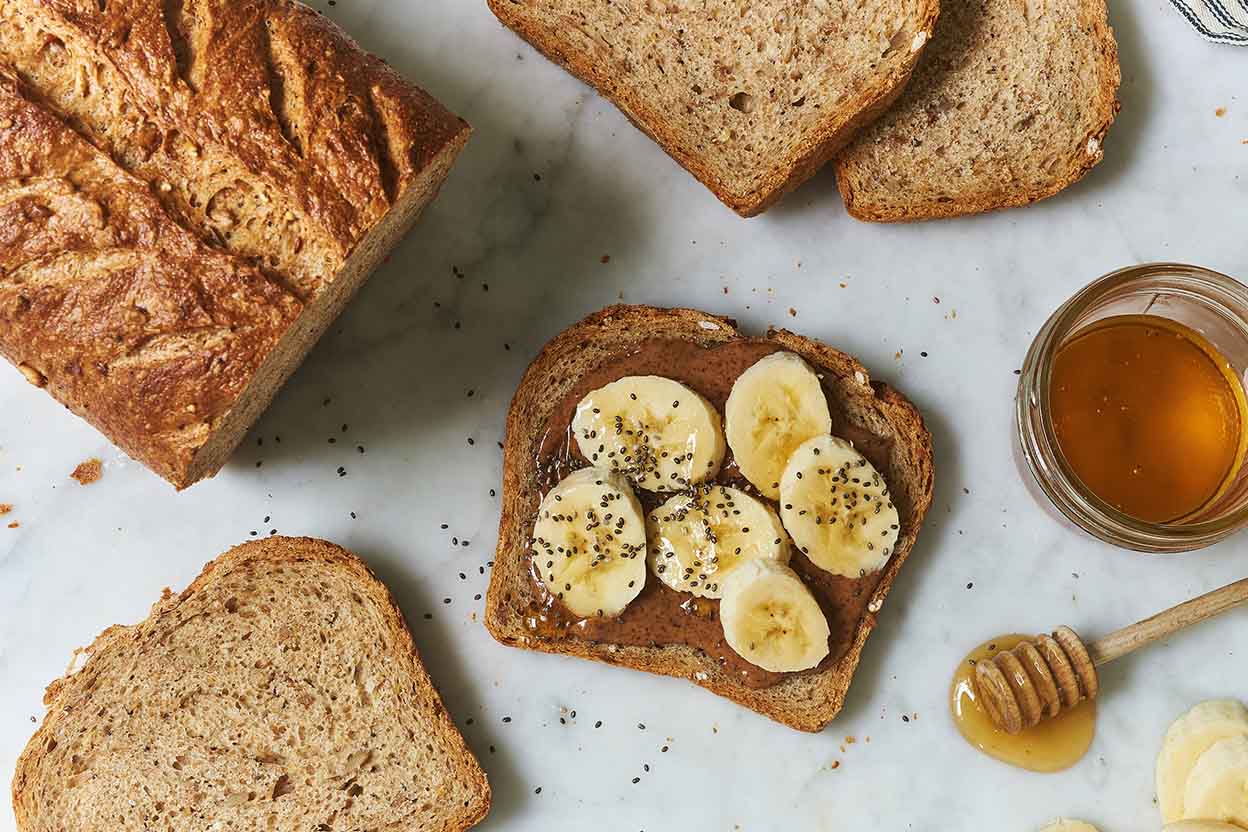
 492 views
492 viewsSeeded Multigrain Sourdough Bread
kingarthurbaking.com
4.7
(16)
32 minutes
Your folders

 114 views
114 viewsMultigrain Sourdough Bread
amybakesbread.com
5.0
(6)
45 minutes
Your folders
 88 views
88 viewsMultigrain Sourdough Bread
amybakesbread.com
Your folders
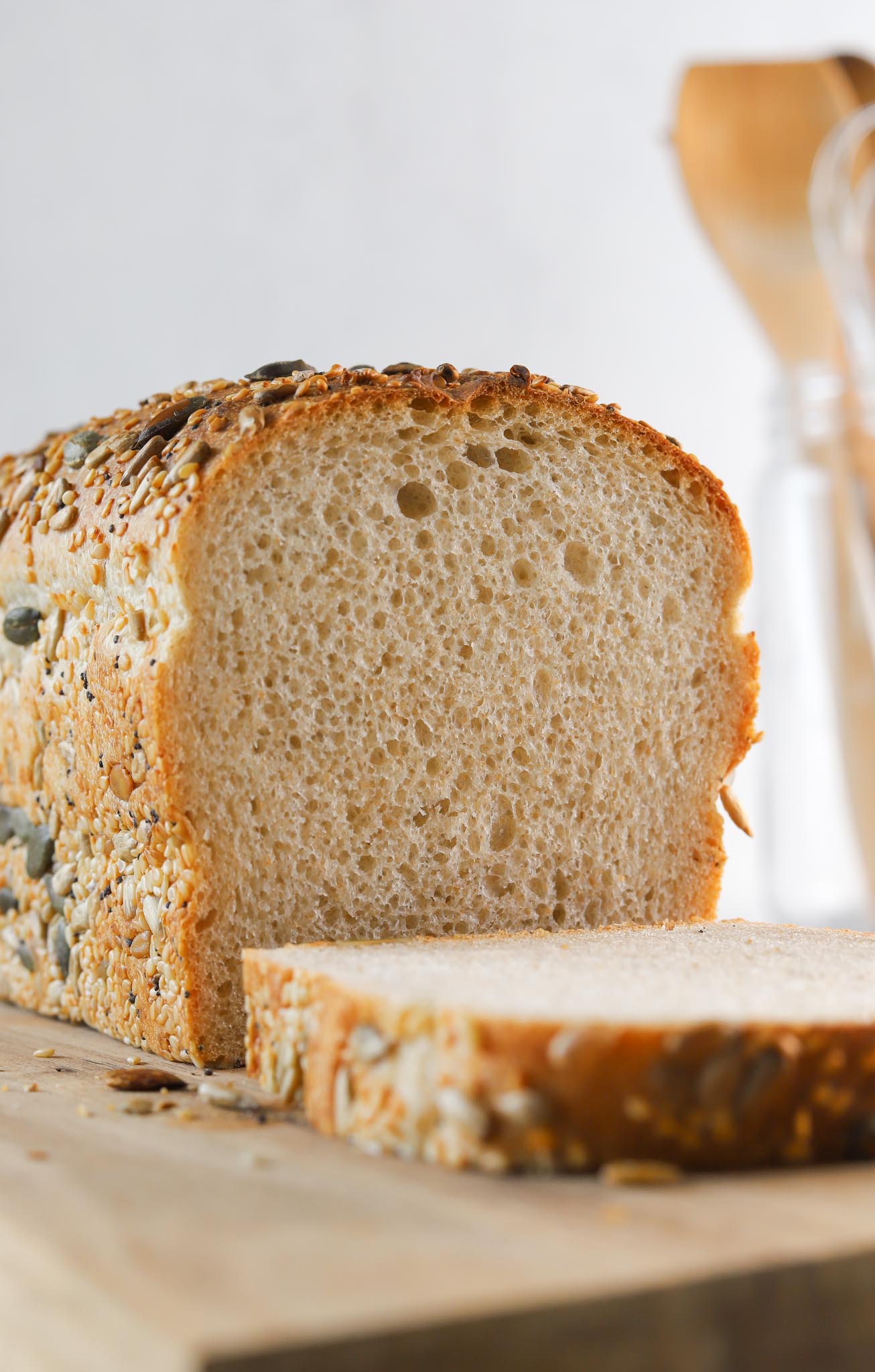
 232 views
232 viewsSeeded Sourdough Sandwich Bread
breadbyelise.com
4.7
(28)
40 minutes
Your folders
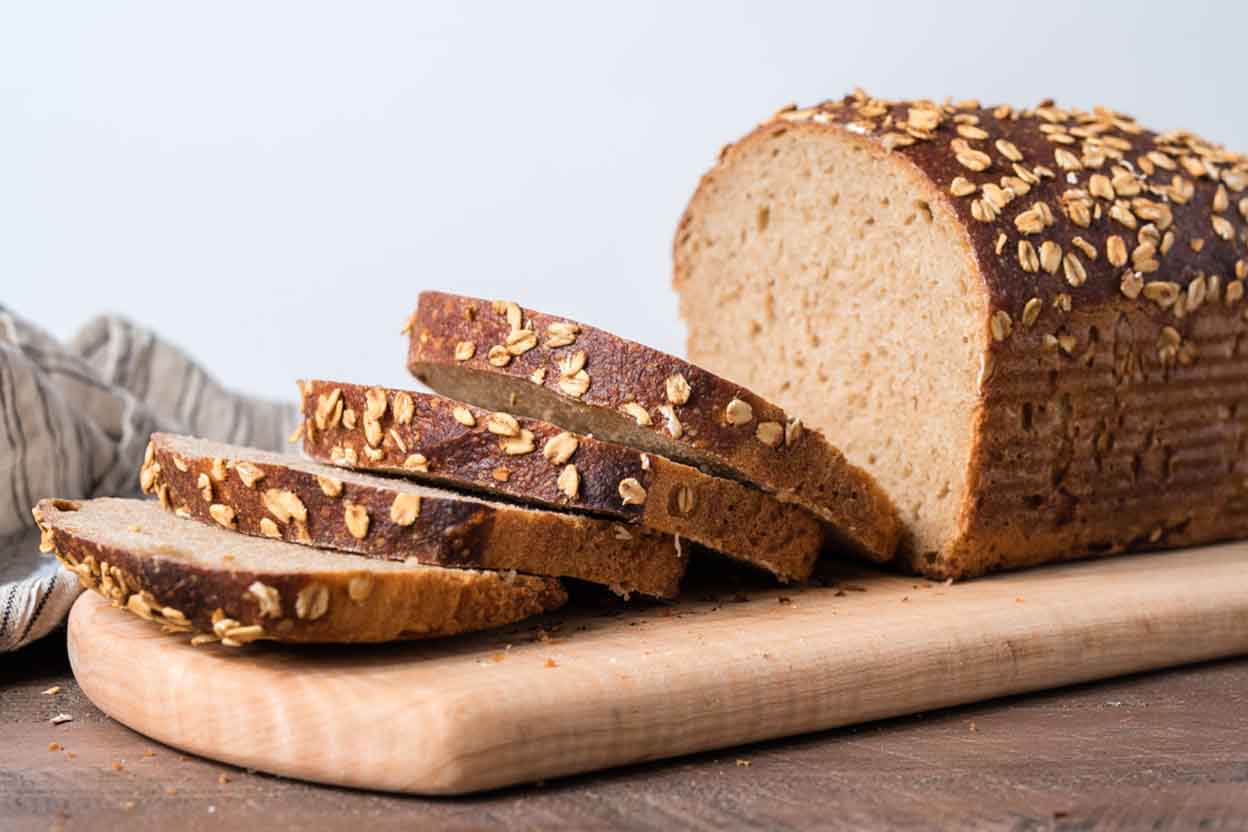
 283 views
283 viewsMultigrain Sourdough Sandwich Bread
kingarthurbaking.com
4.4
(47)
1 hours
Your folders
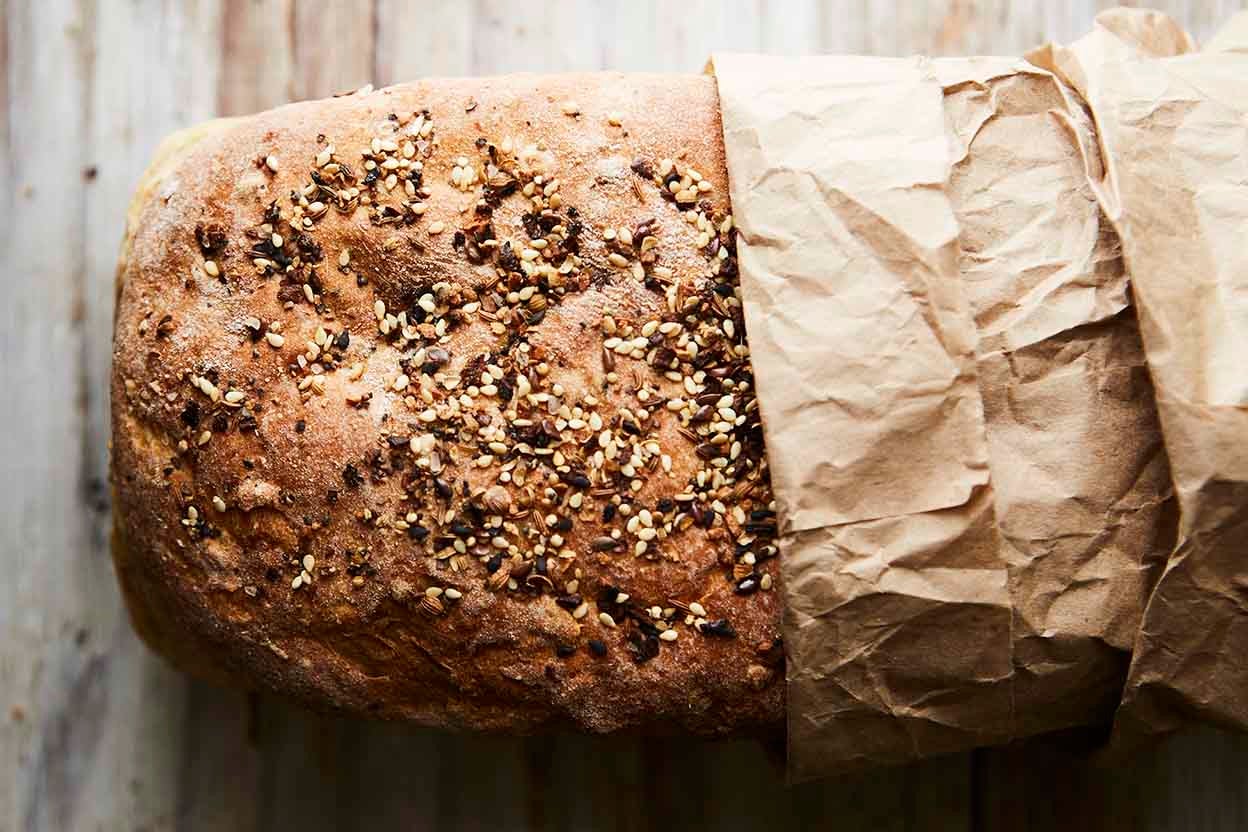
 600 views
600 viewsClay's Multigrain Sourdough Sandwic...
kingarthurbaking.com
4.6
(139)
35 minutes
Your folders

 252 views
252 viewsSeeded Sourdough Recipe
theperfectloaf.com
1 hours
Your folders
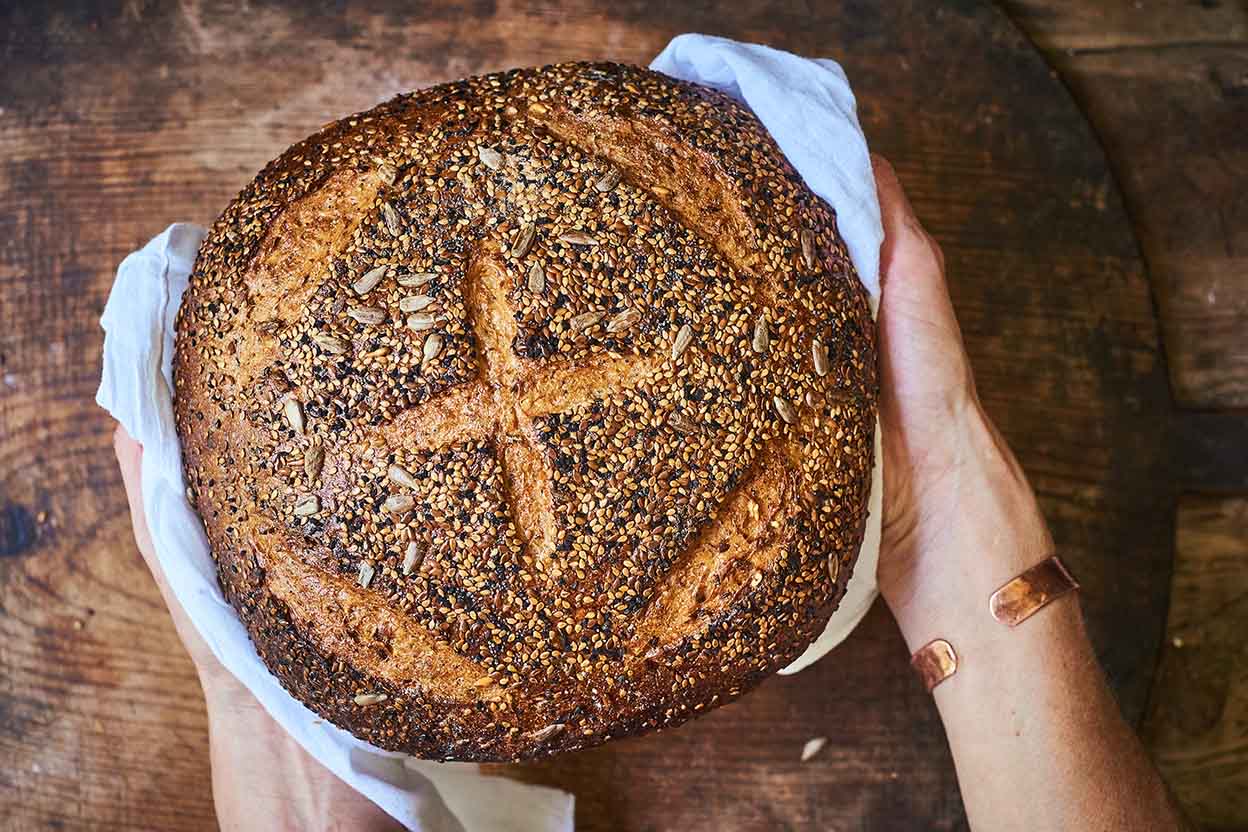
 392 views
392 viewsMultigrain Sourdough Boule
kingarthurbaking.com
4.6
(151)
55 minutes
Your folders
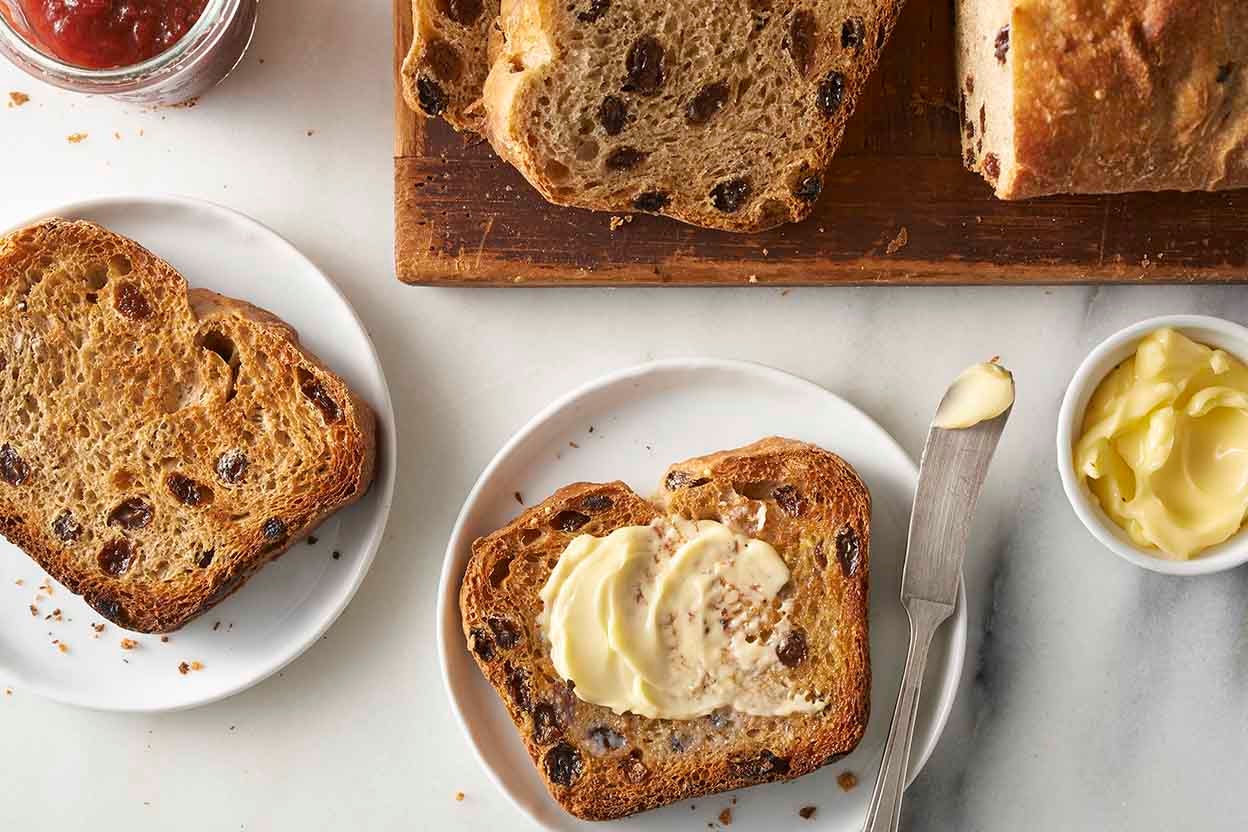
 345 views
345 viewsMultigrain Raisin Sourdough
kingarthurbaking.com
4.8
(36)
45 minutes
Your folders

 719 views
719 viewsMultigrain Bread
completelydelicious.com
45 minutes
Your folders

 822 views
822 viewsMultigrain Bread
acouplecooks.com
3.9
(110)
35 minutes
Your folders

 420 views
420 viewsMultigrain Bread
marthastewart.com
3.8
(94)
Your folders
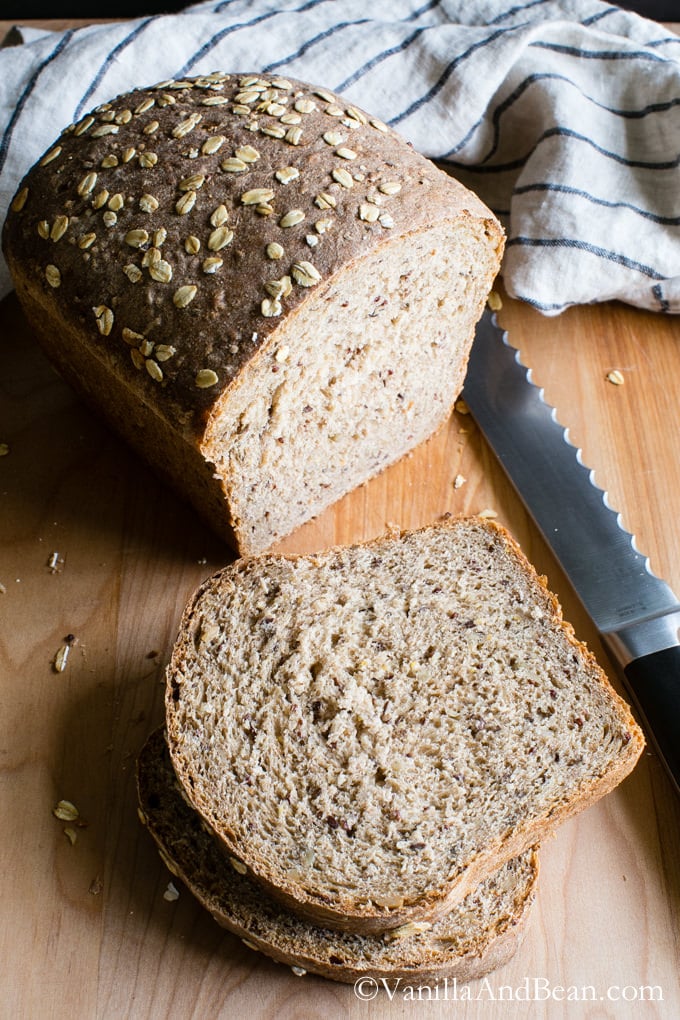
 598 views
598 viewsMultigrain Bread
vanillaandbean.com
4.9
(31)
60 minutes
Your folders

 370 views
370 viewsSeeded Whole Wheat Sourdough Bread ...
aheadofthyme.com
5.0
(6)
50 minutes
Your folders

 273 views
273 viewsEasy Multigrain Sourdough Recipe
pantrymama.com
45 minutes
Your folders

 618 views
618 viewsBread Machine Multigrain Bread
tasteofhome.com
3.0
(1)
3 hours
Your folders
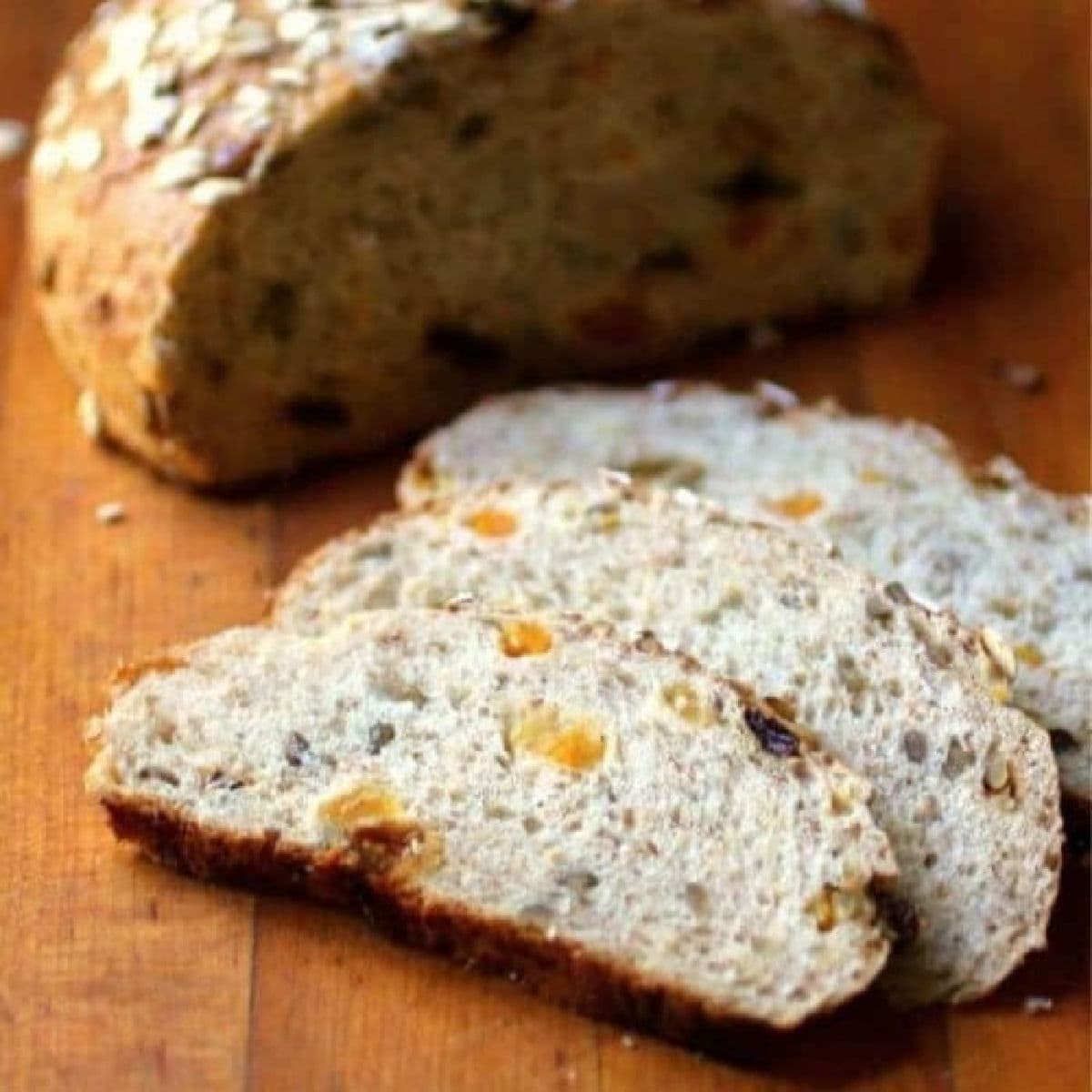
 715 views
715 viewsMultigrain Muesli Bread
restlesschipotle.com
5.0
(10)
60 minutes
Your folders
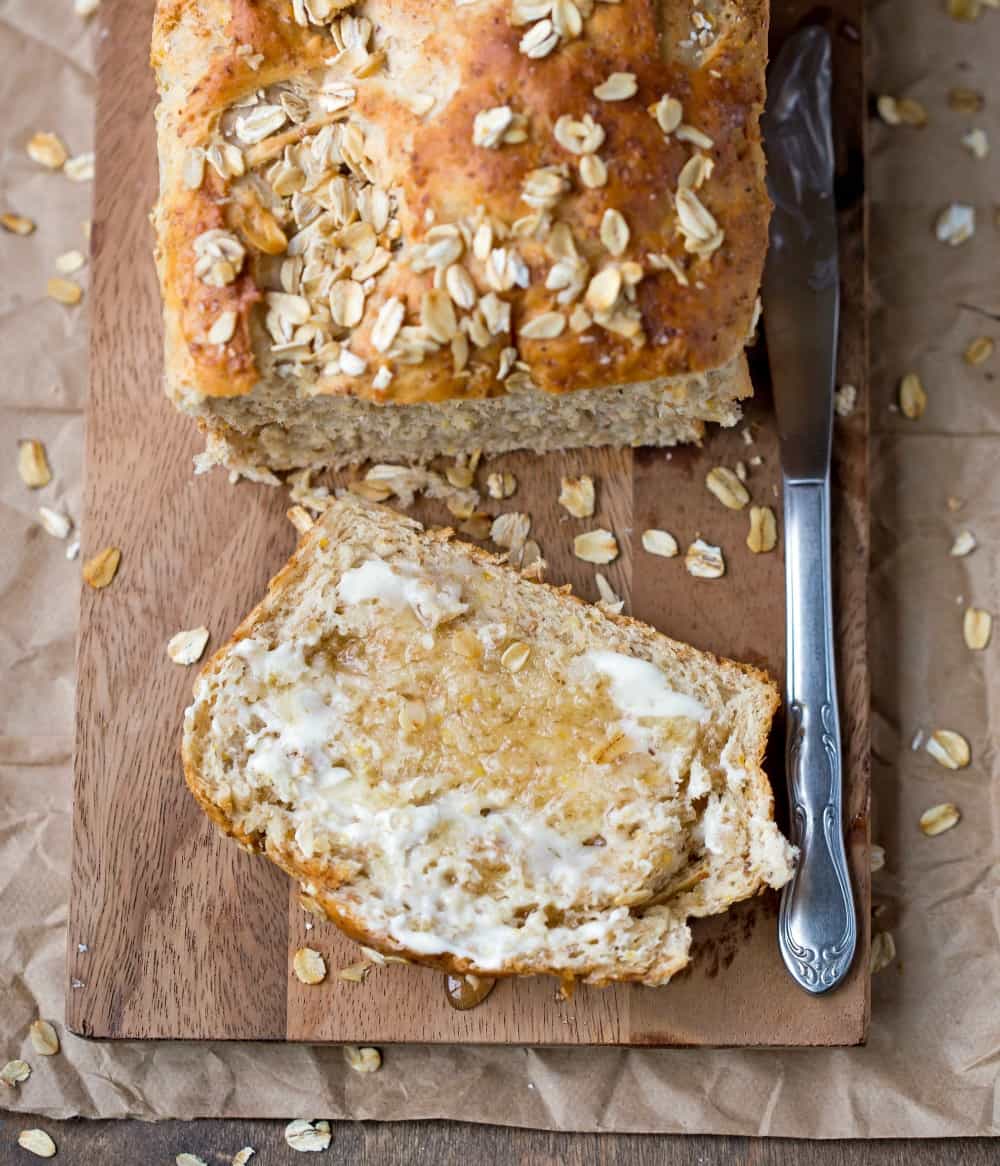
 477 views
477 viewsMultigrain Bread Recipe
ihearteating.com
5.0
(51)
30 minutes
Your folders

 502 views
502 viewsMultigrain Bread Recipe
ihearteating.com
5.0
(51)
30 minutes